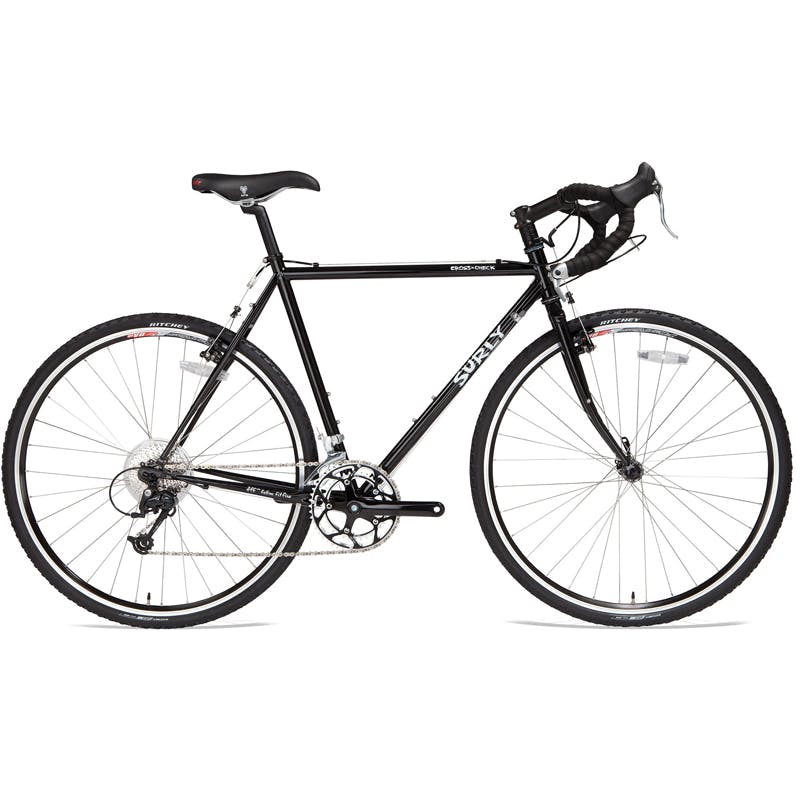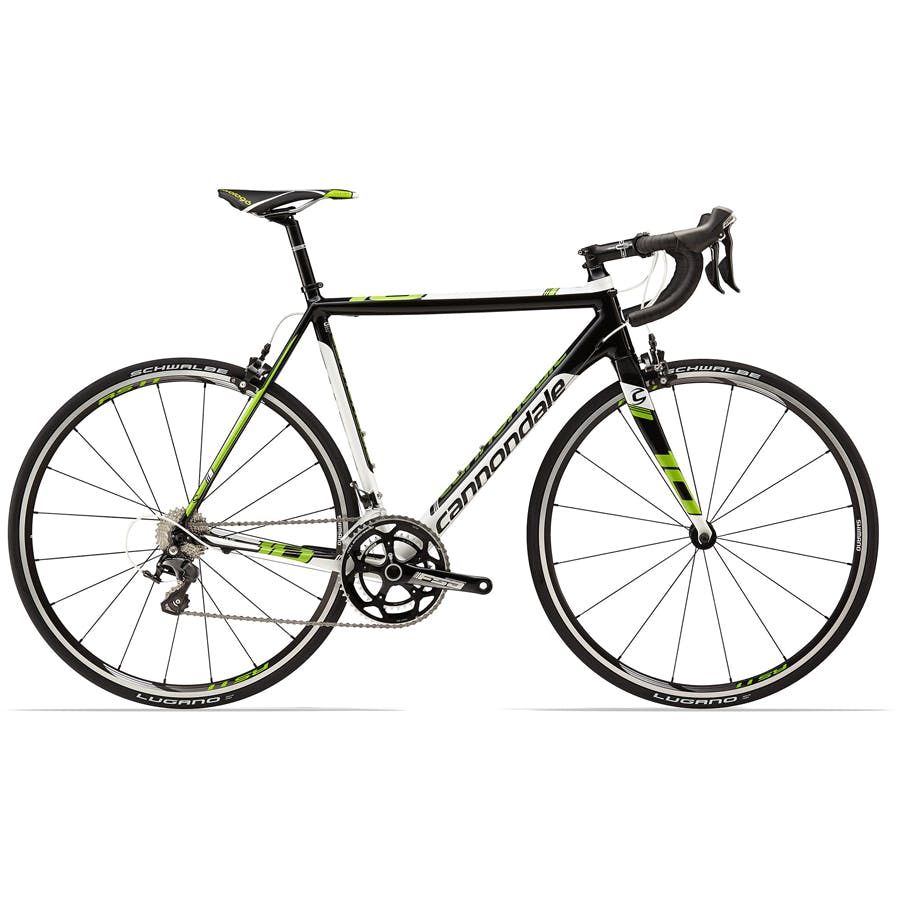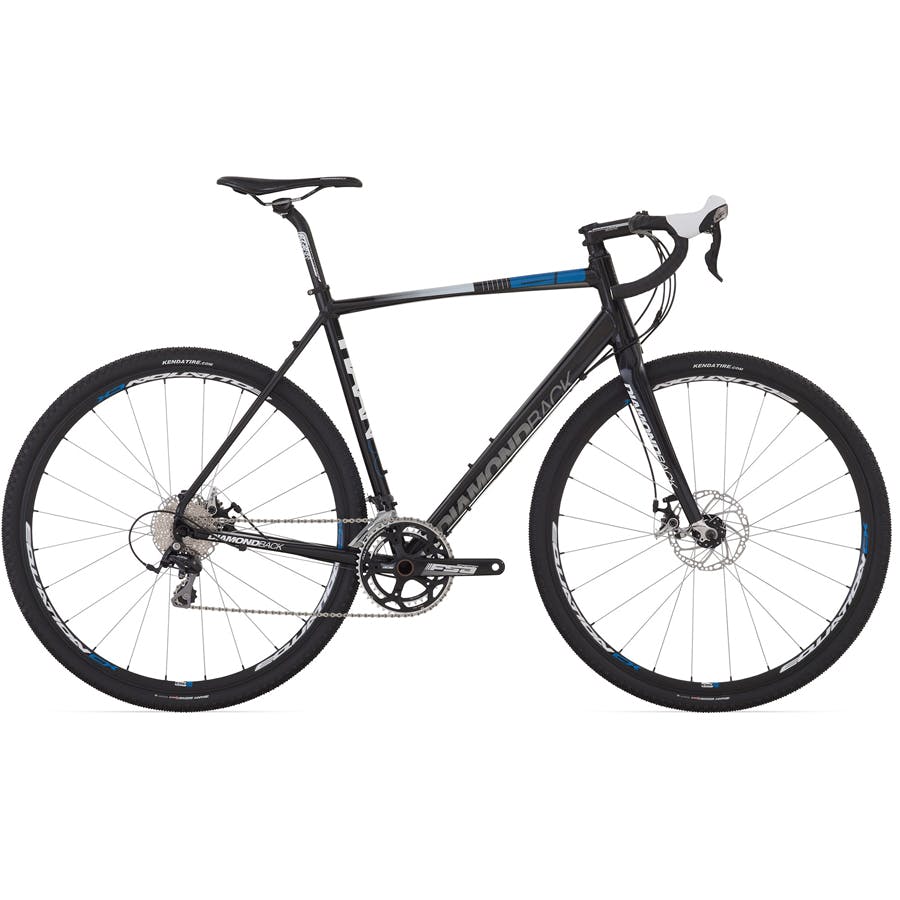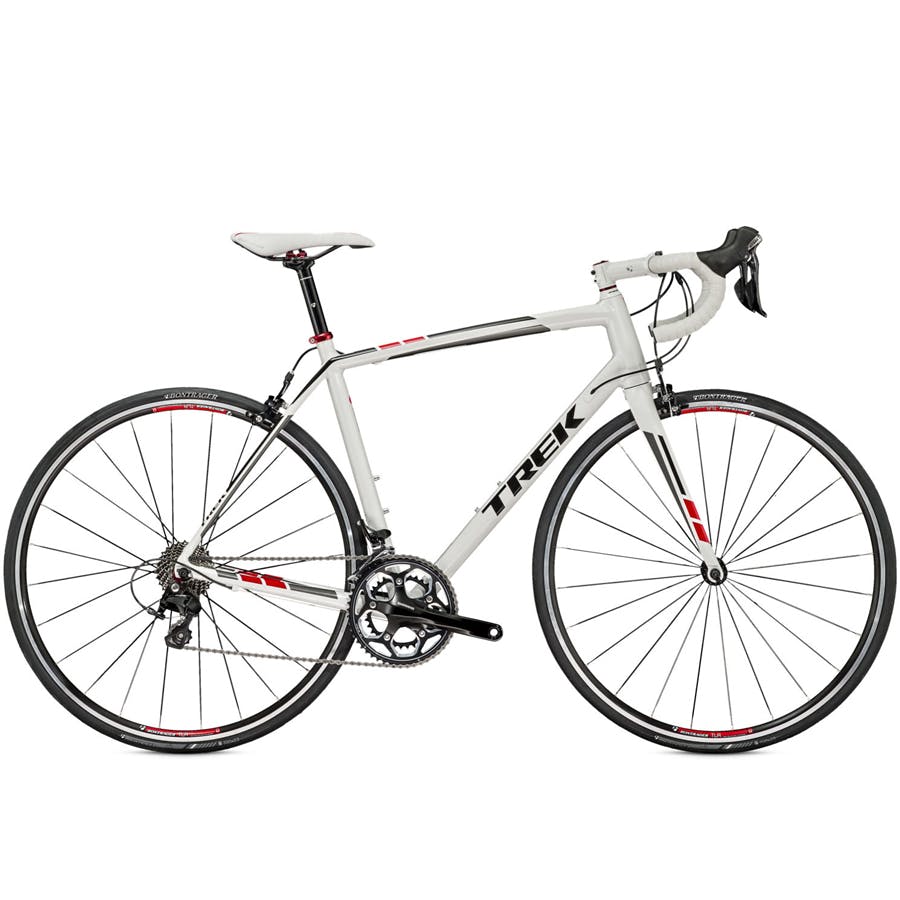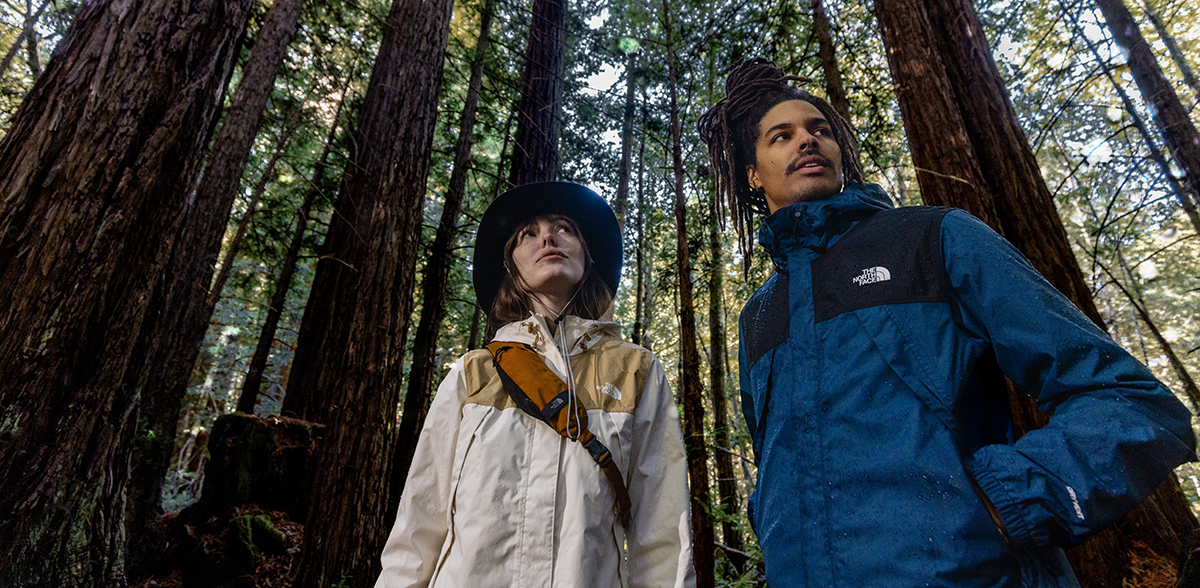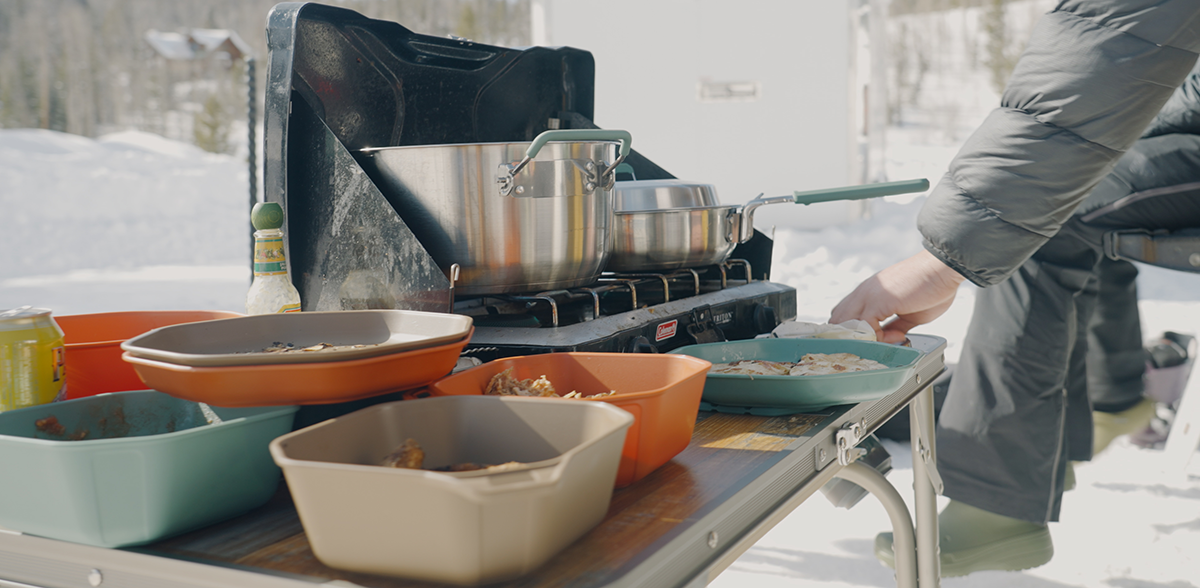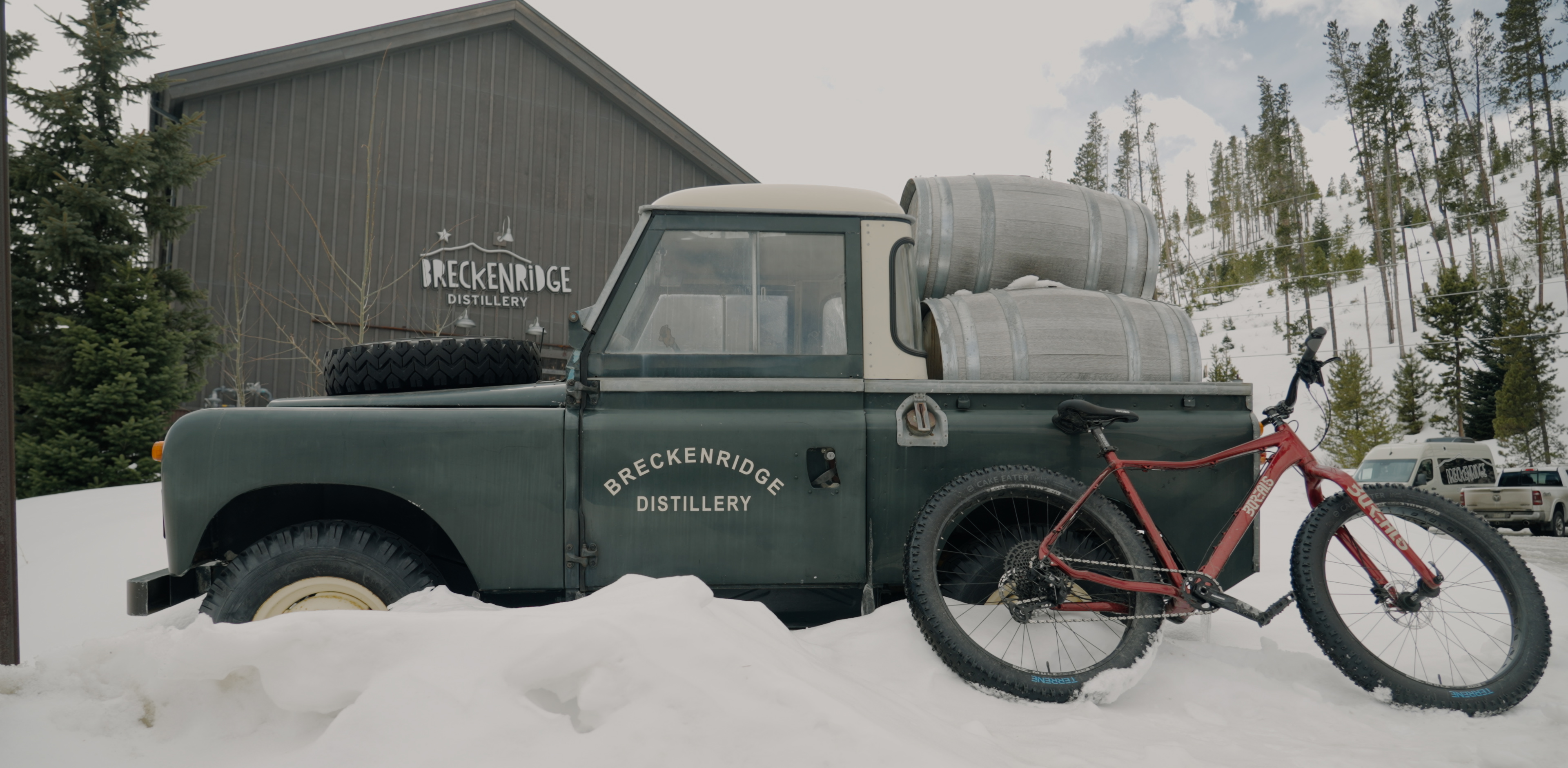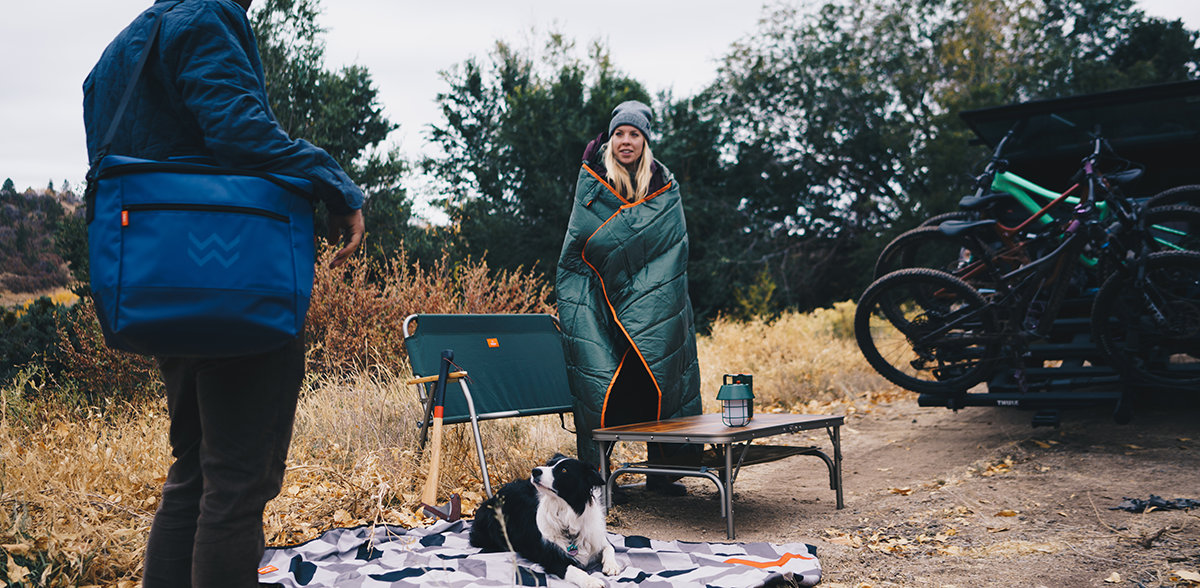How to Buy Your First Road Bike
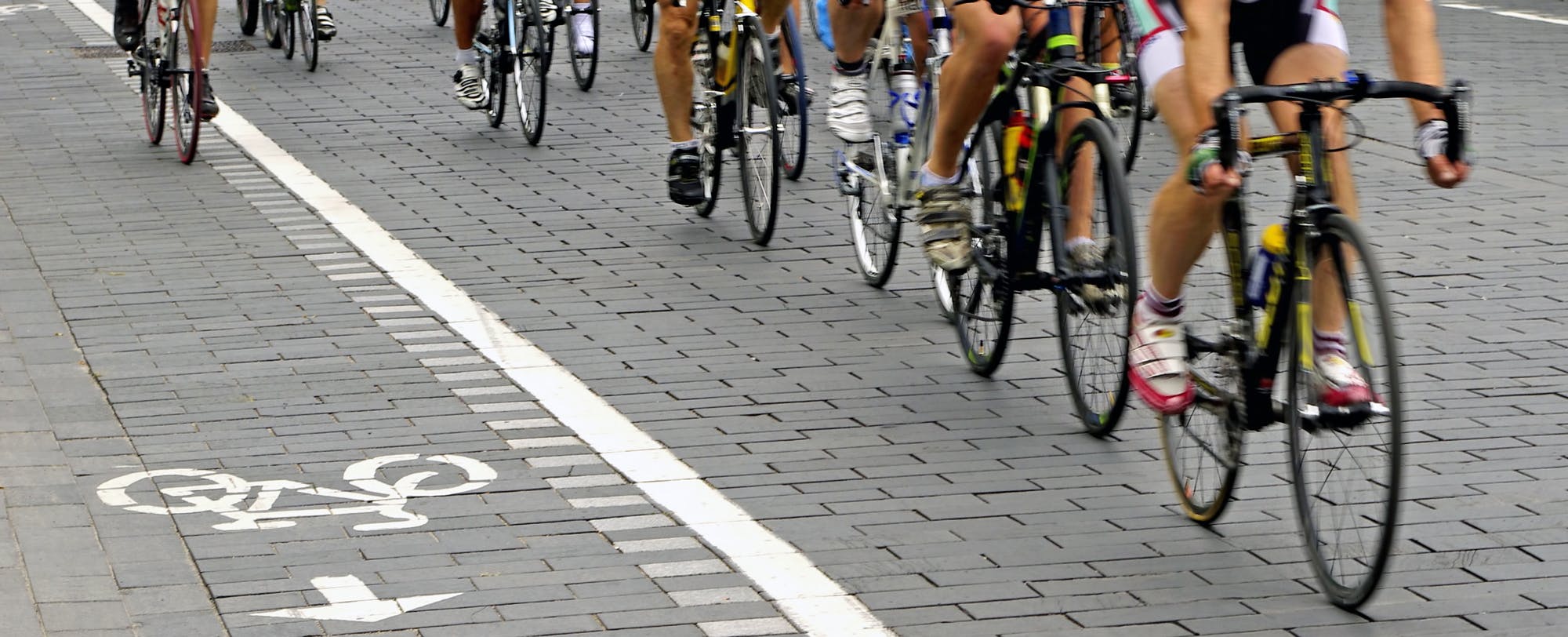
The vast majority of bikes purchased today are under $400 retail, with a high percentage being off-brand mountain bikes purchased at mass merchants. The good news for road bike byers is that the options have increased while price points aren’t much higher than a decade ago; production volumes and efficiencies benefit the performance bike buyer.
This is particularly true on the bike frame side. A glut of carbon fiber products spawned by international racing has kept steel and aluminum frame prices down even though steel demand has grown in tandem with China’s consumer culture (washing machines, anyone?).

At the core of bike buying is the frame. While there are lots of component options to build out a bike, there is no compensating for a poor quality or ill-fit frame. Frame geometry and sizing are the starting points for the bike buyer; without some measuring, jumping into the XS-XL bike-marketing machine is a recipe for pain and suffering.
Start instead with your riding preferences to get you close on the frame geometry. Instead of being pushed into the world of origami-folded, aerodynamic cyclists, consider whether your focus is training, touring, commuting, competing or some combination of these.
Recommendation #1
Put comfort higher on the list and be less pulled in by competition as a factor. That means finding a frame with a more upright, relaxed posture and legs comfortably beneath the hips. Avoid frame geometries that push your upper body too far forward and too low like many of the triathlon-capable models.
Instead, consider the benefits of either a comfort style or a cyclocross style. Both shift the center of gravity back slightly while still transferring power from the legs to the pedals with reasonable efficiency. Many riders who train, commute and tour locally find a steel cyclocross frame does the trick.
Built to take impact while absorbing vibration, this frame (or complete bike) is a low maintenance and affordable option that handles abuse and remains functional. The Surly Cross-Check Frameset (under $500) is built from 4130 cro-moly steel as a bombproof platform for a general purpose, versatile road and urban machine.
On the heavier side compared to carbon fiber, this runs about $1,250 as a complete bike with decent components. Salsa and Kona make similar framesets in the same price range.
Recommendation #2
If training and competition are most important, go with a more traditional road geometry (one that’s more athletic) from a reputable company. At the top of the list are Trek entry-level road bikes in the Madone series (Model 2.1 starting at about $1,300). Racing a base model in Tucson, Arizona proved the aluminum Trek truly descends from the bike designs underneath international competitors.
Three other companies jump in with starter road bikes at parallel pride points; Cannondale’s CAAD 105, Diamondback’s Hanjo Comp and Scott’s CR1 20 Compact 105. Features vary, but the frame geometries are reasonable and proven across years of experience and thousands of riders.



Recommendation #3
After choosing a category based upon preference-based geometry recommendations #1 and #2, spend the time and money around bike fitting. A subject of great debate, “fitting” can be anything from standing over the bike’s top tube to riding a totally adjustable fitting bike on an indoor resistance trainer – while being captured on video.

A strong warning here, bike buyers. The goal is to accommodate a relaxed but athletic riding posture on the bike instead of finding the closest fitting bike that’s in-stock and on sale. Chris Soden of Boulder, Colorado is one of a small group of fitters that are, in a word, paranoid about bike fit for proper posture and leg mechanics.
Forty-five minutes under his watchful eye convinced me to start studying how the pros spin and observe local riders. Conclusion: Most cyclists are stretching too far forward and, as a result, don’t have their arms relaxed and chest open for easier breathing. While it feels aerodynamic to drive your nose into the wind, it does little for power, endurance and back health. Likewise, enough saddle height to open up the hips leads to better efficiency
All Products in this Article




